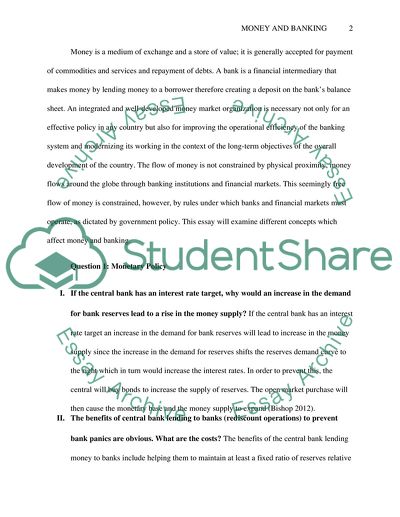Cite this document
(Money and Banking Essay Example | Topics and Well Written Essays - 1750 words, n.d.)
Money and Banking Essay Example | Topics and Well Written Essays - 1750 words. Retrieved from https://studentshare.org/macro-microeconomics/1681265-money-and-banking-assignment
Money and Banking Essay Example | Topics and Well Written Essays - 1750 words. Retrieved from https://studentshare.org/macro-microeconomics/1681265-money-and-banking-assignment
(Money and Banking Essay Example | Topics and Well Written Essays - 1750 Words)
Money and Banking Essay Example | Topics and Well Written Essays - 1750 Words. https://studentshare.org/macro-microeconomics/1681265-money-and-banking-assignment.
Money and Banking Essay Example | Topics and Well Written Essays - 1750 Words. https://studentshare.org/macro-microeconomics/1681265-money-and-banking-assignment.
“Money and Banking Essay Example | Topics and Well Written Essays - 1750 Words”, n.d. https://studentshare.org/macro-microeconomics/1681265-money-and-banking-assignment.


